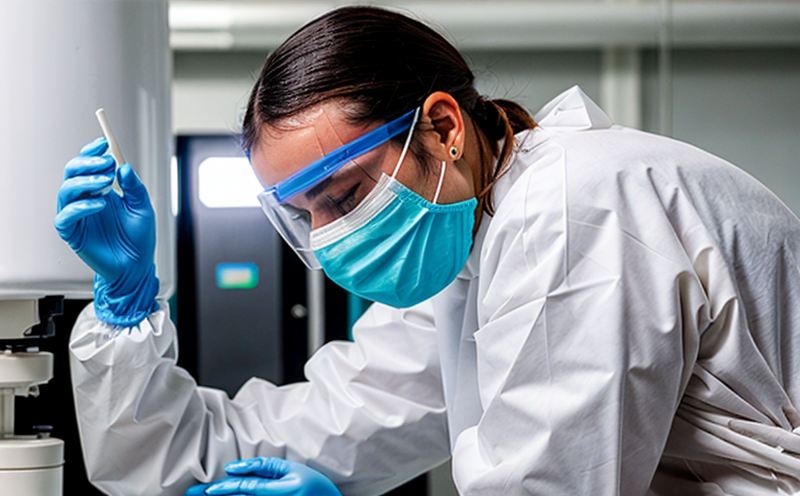EN 13032 Photobiological Testing of Road Lighting Installations
The European standard EN 13032-1 is a crucial requirement for ensuring that road lighting installations comply with photobiological safety standards. This testing ensures that the light emitted by luminaires does not pose any risk to human health and well-being, particularly in terms of potential harmful effects on eyes and skin.
Photobiological safety testing assesses the risks associated with exposure to artificial light sources such as those used in road lighting systems. The standard evaluates both visible and non-visible radiation (ultraviolet and infrared) emitted by luminaires under defined test conditions. By adhering to this standard, manufacturers can demonstrate that their products meet stringent safety requirements set forth by European regulators.
The testing process involves subjecting samples of the luminaire to specific exposure durations at various angles relative to the eye. This helps determine whether there are any hazardous levels of radiation present within the emission spectrum of the lamp or fixture being tested. Compliance with EN 13032-1 ensures that road lighting installations will not cause adverse health effects when operated according to their intended use.
This testing is essential for manufacturers, quality managers, and compliance officers responsible for ensuring product safety in the design, development, and production phases of road lighting projects. R&D engineers also benefit from this service as it allows them to optimize designs while maintaining strict regulatory compliance.
For procurement teams, meeting these standards can help ensure that they select suppliers who meet rigorous quality criteria. By choosing partners that adhere strictly to EN 13032-1 guidelines during manufacturing processes, organizations can mitigate risks associated with non-compliance issues down the line.
Applied Standards
| Standard | Description |
|---|---|
| EN 13032-1:2016 | This European standard specifies the methods for determining the photobiological safety of luminaires and lamps used in road lighting installations. |
| IEC TR 62471-5:2018 | An international technical report providing additional information on how to apply IEC 62471 series standards, including EN 13032-1. |
Why Choose This Test
Selecting EN 13032 photobiological testing for road lighting installations offers numerous benefits. Firstly, it ensures that your products comply with EU directives on product safety and health protection. Compliance helps avoid costly recalls or redesigns later in the project lifecycle.
Secondly, by adhering to this standard, you demonstrate a commitment to quality and consumer safety that enhances brand reputation among stakeholders including customers, regulatory bodies, and investors. This can lead to increased market share and competitive advantage over non-compliant competitors.
Thirdly, having tested products meet stringent EU regulations may open doors to new markets where similar standards are enforced. Many countries around the world align their national legislation with European norms due to harmonization agreements like WTO/TBT (World Trade Organization / Technical Barriers to Trade).
Finally, meeting these requirements reduces liability risk associated with potential product-related accidents or injuries caused by improper light exposure. It also protects against legal actions filed against your company due to non-compliance.
Quality and Reliability Assurance
- Comprehensive evaluation of luminaire emissions across visible, UV, and IR spectrums.
- Testing conducted in accordance with internationally recognized standards.
- Detailed reporting providing clear insights into compliance status.
- Persistent monitoring to ensure ongoing adherence throughout the product lifecycle.





